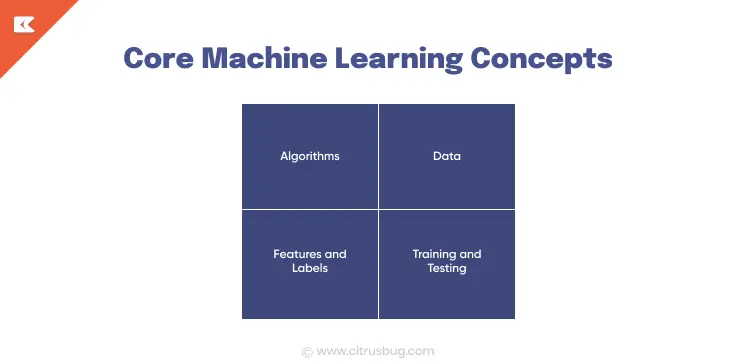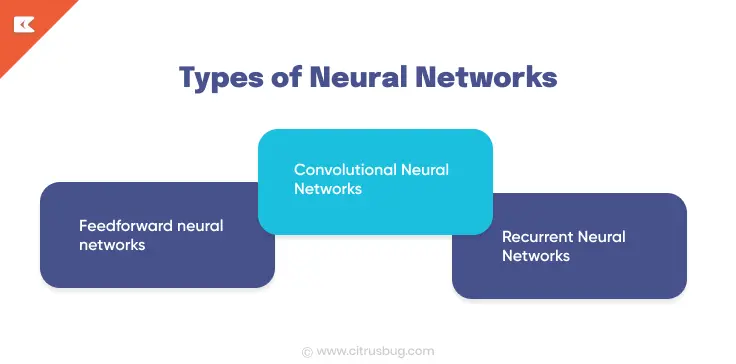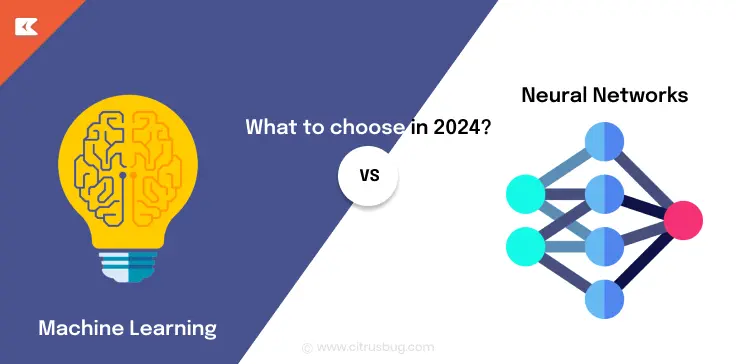Machine Learning vs Neural Networks: What is the Difference?
- September 6, 2024
-
3649 Views
- by Ishan Vyas
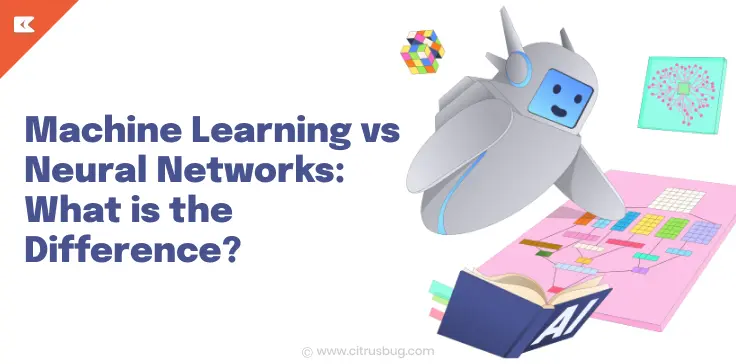
In today’s rapidly advancing technological landscape, distinguishing between Machine Learning and Neural Networks is essential for grasping how modern AI operates. Machine Learning is the term given to the general field concerned with writing programs that allow computers to learn from and make predictions with data. It comprises methods like decision trees, support vector machines, and clustering algorithms. On the other hand, neural networks are a subset of machine learning, now formally inspired by the structure and functionality of the human brain. Interconnected nodes or “neurons” process information in layers, which enables the model to learn and represent complex patterns in data.
While both ML and neural networks try to achieve better decision-making and automation, they do it based on fundamentally different ways. Traditional Machine Learning algorithms are based on feature engineering and statistical methods, while Neural Networks, in most cases, are precisely good at handling unstructured data like images and text with less manual feature extraction. Let’s understand what Machine Learning and Neural Networks are, their key differences, and how Neural Networks are used in Machine Learning.
What is Machine Learning?
ML is the sub-field of Artificial Intelligence that deals with the development of algorithms and statistical models which enable the computer to learn and accomplish a task in a desired manner through observation from the data, which you can thoroughly learn through Machine Learning courses. Unlike traditional programming, the computer is given explicit instructions. In Machine Learning, the system learns from experience. It thereby gets better with doing a particular job over time but is not programmed explicitly for that job. According to the latest ML statistics, the global Machine Learning market is becoming a billion-dollar industry real quick and is projected to surpass $100 billion by 2025. Furthermore, its fast integrations into finance, healthcare, e-commerce, and other vital sectors portray its disruption in various industries.
Core Machine Learning Concepts
- Algorithms: It denotes the mathematical steps to find a pattern or to predict something. Common algorithms include Linear Regression, Decision Trees, and Clustering methods.
- Data: It is essential to have a good quality and quantity of data because machine learning models learn from the data. There is a need for substantial amounts of data to learn and predict correctly.
- Features and Labels: Features are the measurable individual properties or characteristics that are fed to the algorithm, while the labels are the output or target variable which the model is trying to predict.
- Training and Testing: Training is the process of passing information through the model and is used for estimation of the corresponding parameters in order to minimize absolute error, while testing is a technique intended to validate the model on unknown data.
Types of Machine Learning
- Supervised Learning: This is where training is conducted on an already labeled dataset, thus having input and output. Examples include classification and regression.
- Unsupervised Learning: This type of learning trains on an unlabeled dataset, aiming to discover hidden structure in data. Examples include clustering and dimensionality reduction.
- Reinforcement Learning: This is where the model learns to interact with the environment by maximizing rewards in response to state action by receiving rewards or penalties.
What is a Neural Network?
Neural Networks are basically subset of Machine Learning models which are based on the human brain’s structure. The nodes in the basic architecture are connected on many levels and are called nodes. Neural networks work extremely well with high-quality and complex data, including all images, speech and text.
Basic Concepts of Neurons
- Neurons: They are the simplest components that take inputs, apply a weight, and go through the functions of inputs to produce outputs
- Layers: Neural networks have a different input layer, one or more hidden layers and also an output layer. Each of these layers monitors specific changes to the data.
- Activation functions: Some functions such as ReLU(Rectified Linear Unit), Sigmoid, Tanh etc. introduce nonlinearity into the model, thus making it possible to identify its complex parameters
- Backpropagation: A training algorithm adjusts neural weights based on the difference between predicted and actual outputs. This process improves the model’s accuracy.
Types of Neural Networks
- Feedforward neural networks: The simplest type of neural network in which information passes from input to output in only one direction.
- Convolutional Neural Networks: These are mainly used for grid data, especially for images. In searching for features, convolutional layers are used instead of fully connected layers.
- Recurrent Neural Networks: It is an automatic system designed to modify timelines, natural language, and other sequences of information. It uses recurrent combinations to retain and manage this information effectively.
Differences Between Machine Learning and Neural Networks
Although Neural Networks are a subset of ML, they have very different characteristics and functions. Here’s separating the vital contrasts between AI and Neural Networks:
Approach and Complexity
- Machine Learning: It involves a spectrum of algorithms, varying from the simplest- linear regression, to most complex ones like Support Vector Machines (SVM). Traditional models of ML are ‘engineered’ in that they require manual feature extraction and selection.
- Neural Networks: A bit more complex, generally requiring a lot of computational resources. They learn features and representations from raw data automatically, hence requiring little manual work.
Data Requirements
- Machine Learning: Can often work with less data, especially for more straightforward models that have strong dependencies on certain features.
- Neural Networks: Require a lot of data to be trained properly. Especially strong for unstructured data like images and text.
Interpretability
- Machine Learning: Traditional machine learning models, such as decision trees and linear regression, have relatively high interpretability. The user can clearly see how decisions are made.
- Neural Networks: Quite often black boxes due to complex structures that obscure how the model comes up with certain conclusions.
Training and Performance
- Machine Learning: Depending on the model’s complexity and the size of your dataset, this can vary from minutes to several hours. It is always performing classically based on the quality of the features used and the algorithm applied.
- Neural Networks: Computationally, training is time-expensive. Deep networks with many layers are often too slow for routine use. But mostly, they really do provide superior performance for problems that involve complex patterns.
How are Neural Networks Used in Machine Learning?
Neural networks are the most intrinsic parts of modern Machine Learning development, specifically in tasks that use complex and high-dimensional data. Here is how they integrate with and enhance the techniques of Machine Learning:
Advanced Applications
- Image Recognition: Convolutional Neural Networks have been effectively applied to most image processing tasks. They have achieved cutting-edge performance in object detection, facial recognition, and clinical image analysis.
- NLP: This new generation of natural language processing (NLP) makes it possible to use a wide range of advanced applications in language translation, sentiment analysis, and text generation by utilizing recurrent neural networks and, more recently, transformer models like BERT and GPT. The field of NLP has been completely transformed as a result.
- Speech Recognition: One application is translating spoken languages into text with a high degree of accuracy; it can be applied in running voice assistants and in many transcription services.
Feature Learning
That is the greatness of neural networks: a self-method of feature learning, automatically through the raw data, without manipulation of the features. This kind of ability is really useful for scenarios in which structured data is at stake, like images and texts.
Integration with Traditional ML
Neural networks are often combined with traditional machine learning to improve performance. For instance, neural network feature embeddings may be used as an input for traditional ML models, resulting in a model that combines the strengths of both worlds.
Tools and Frameworks
The frameworks and libraries developed for neural networks have taken machine learning development far ahead. Tools like PyTorch, TensorFlow, and Keras offer robust platforms for building, training, and implementing neural network models. These tools facilitate the development of sophisticated AI applications.
Conclusion
Knowing the difference between ML and Neural Networks is very relevant for any stakeholder in AI development or data science. Broadly speaking, Machine Learning is a very large umbrella of techniques and algorithms to make predictions based on data. On the other hand, Neural Networks are a subset that deals mainly with complex high-dimensional data.
Neural Networks have certainly become very integral to machine learning and drive image recognition, natural language processing, speech recognition, etc. Practitioners can develop more effective AI solutions by combining traditional Machine Learning methods with neural network architectures.





 SaaS Development
SaaS Development Web Application Development
Web Application Development Mobile Application Development
Mobile Application Development Custom Software Development
Custom Software Development Cloud Development
Cloud Development DevOps Development
DevOps Development MVP Development
MVP Development Digital Product Development
Digital Product Development Hire Chatbot Developers
Hire Chatbot Developers Hire Python Developers
Hire Python Developers Hire Django Developers
Hire Django Developers Hire ReactJS Developers
Hire ReactJS Developers Hire AngularJS Developers
Hire AngularJS Developers Hire VueJS Developers
Hire VueJS Developers Hire Full Stack Developers
Hire Full Stack Developers Hire Back End Developers
Hire Back End Developers Hire Front End Developers
Hire Front End Developers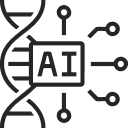 AI Healthcare Software Development & Consulting
AI Healthcare Software Development & Consulting Healthcare App Development
Healthcare App Development EHR Software Development
EHR Software Development Healthcare AI Chatbot Development
Healthcare AI Chatbot Development Telemedicine App Development Company
Telemedicine App Development Company Medical Billing Software Development
Medical Billing Software Development Fitness App Development
Fitness App Development RPM Software Development
RPM Software Development Medicine Delivery App Development
Medicine Delivery App Development Medical Device Software Development
Medical Device Software Development Patient Engagement Software Solutions
Patient Engagement Software Solutions Mental Health App Development
Mental Health App Development Healthcare IT Consulting
Healthcare IT Consulting Healthcare CRM Software Development
Healthcare CRM Software Development Healthcare IT Managed Services
Healthcare IT Managed Services Healthcare Software Testing services
Healthcare Software Testing services Medical Practice Management Software
Medical Practice Management Software Outsourcing Healthcare IT Services
Outsourcing Healthcare IT Services IoT Solutions for Healthcare
IoT Solutions for Healthcare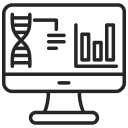 Medical Image Analysis Software Development Services
Medical Image Analysis Software Development Services Lending Software Development Services
Lending Software Development Services Payment Gateway Software Development
Payment Gateway Software Development Accounting Software Development
Accounting Software Development AI-Driven Banking App Development
AI-Driven Banking App Development Insurance Software Development
Insurance Software Development Finance Software Development
Finance Software Development Loan Management Software Development
Loan Management Software Development Decentralized Finance Development Services
Decentralized Finance Development Services eWallet App Development
eWallet App Development Payment App Development
Payment App Development Money Transfer App Development
Money Transfer App Development Mortgage Software Development
Mortgage Software Development Insurance Fraud Detection Software Development
Insurance Fraud Detection Software Development Wealth Management Software Development
Wealth Management Software Development Cryptocurrency Exchange Platform Development
Cryptocurrency Exchange Platform Development Neobank App Development
Neobank App Development Stock Trading App Development
Stock Trading App Development AML software Development
AML software Development Web3 Wallet Development
Web3 Wallet Development Robo-Advisor App Development
Robo-Advisor App Development Supply Chain Management Software Development
Supply Chain Management Software Development Fleet Management Software Development
Fleet Management Software Development Warehouse Management Software Development
Warehouse Management Software Development LMS Development
LMS Development Education App Development
Education App Development Inventory Management Software Development
Inventory Management Software Development Property Management Software Development
Property Management Software Development Real Estate CRM Software Development
Real Estate CRM Software Development Real Estate Document Management Software
Real Estate Document Management Software Construction App Development
Construction App Development Construction ERP Software Development
Construction ERP Software Development





